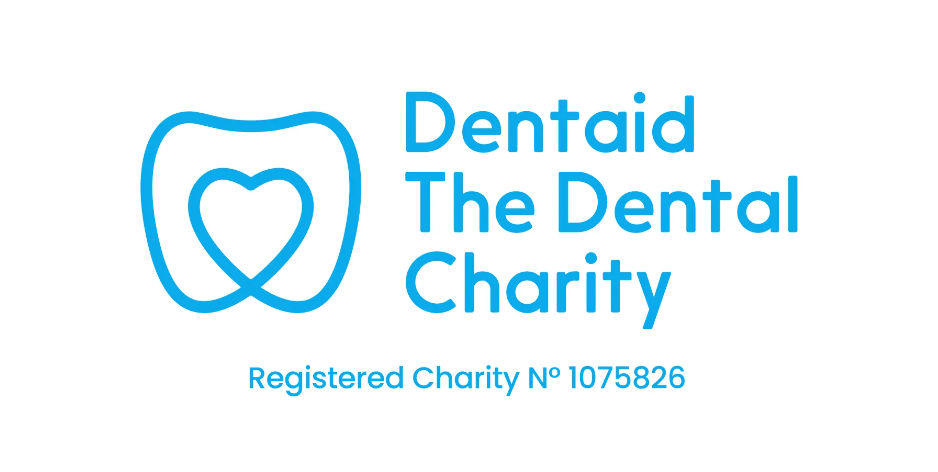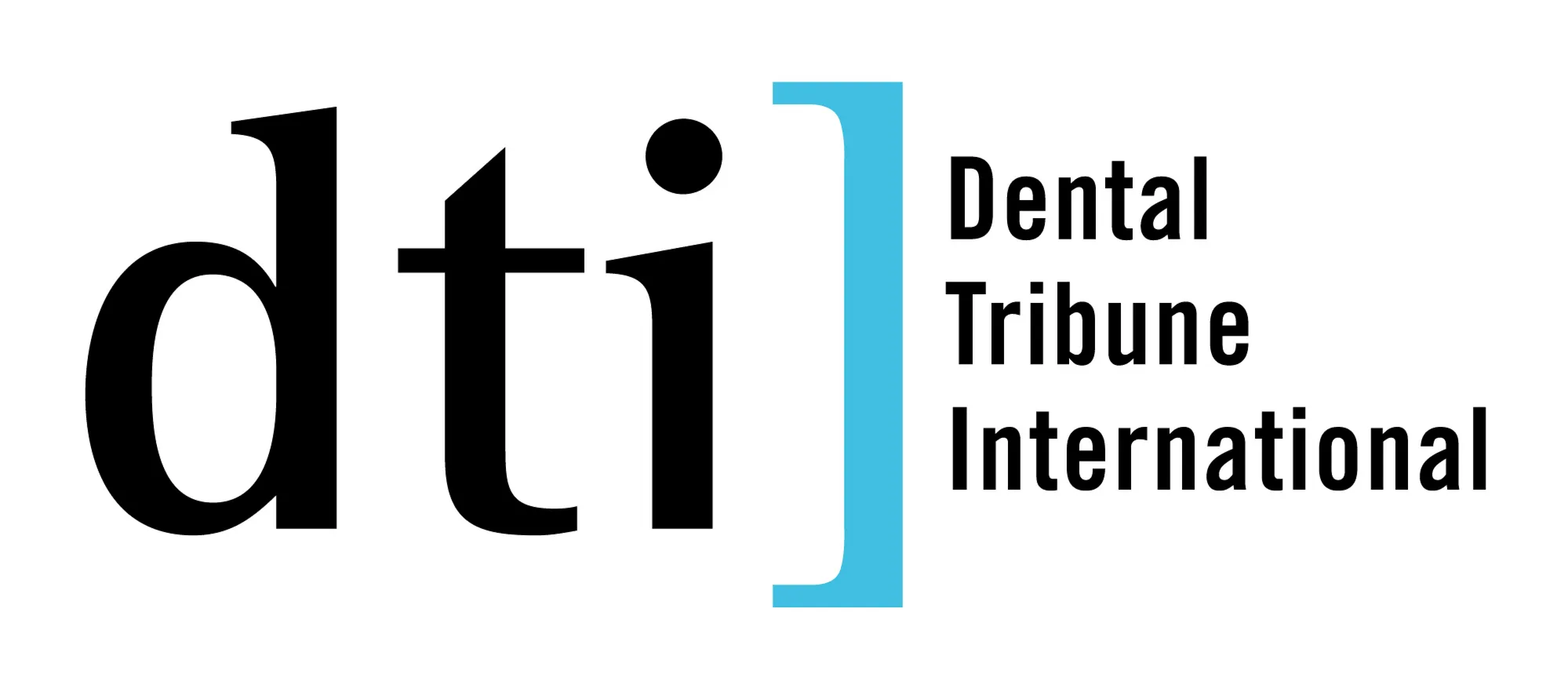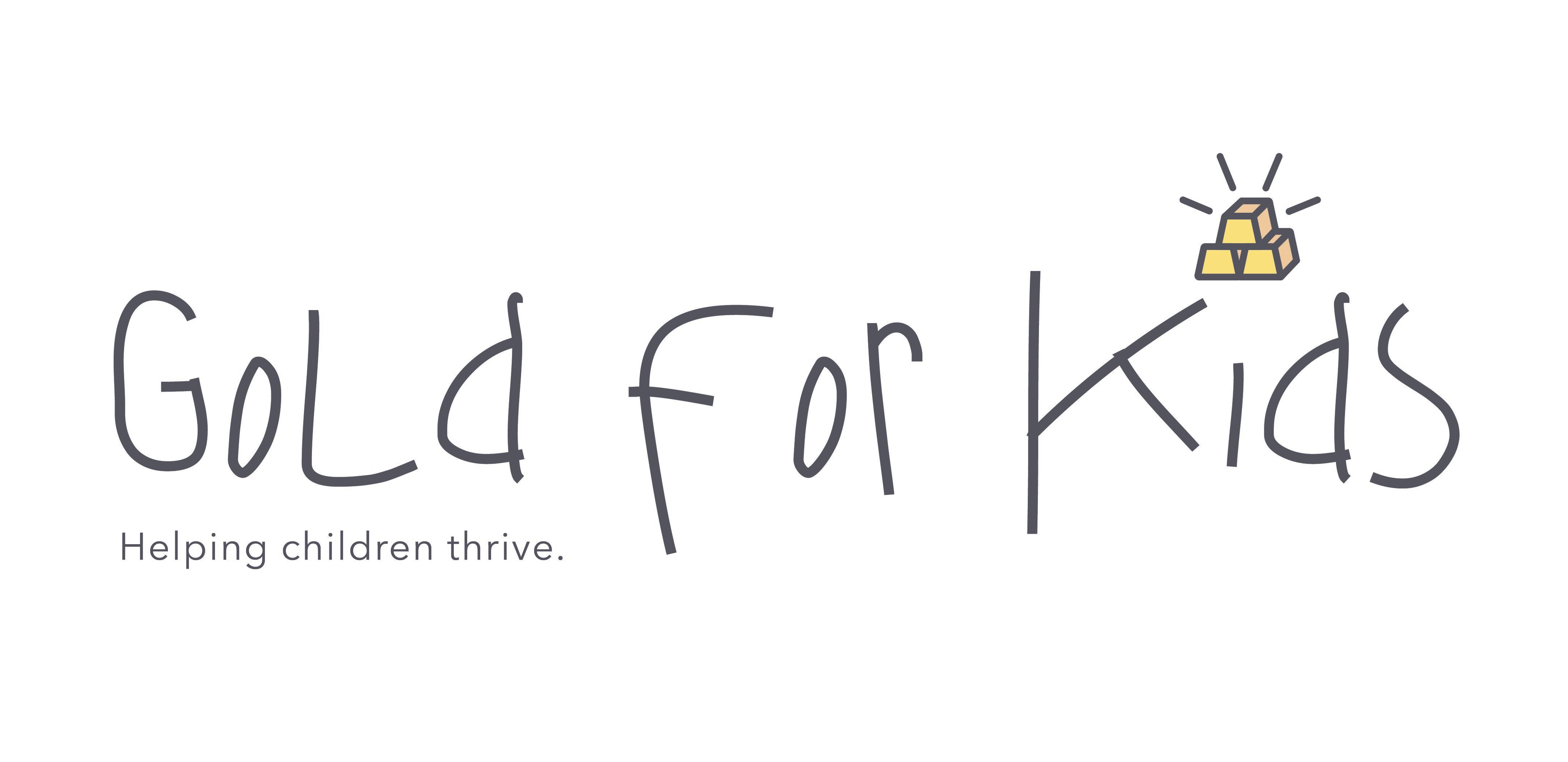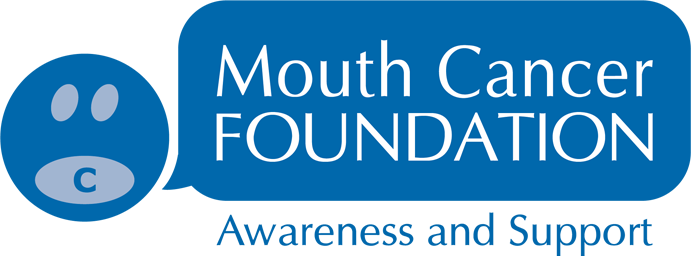DentalMonitoring: Smarter Orthodontics
)
The innovative orthodontics monitoring solution and intelligent platform DentalMonitoring will be among the hundreds of exhibitors attending this year’s British Dental Conference & Dentistry Show. Incorporating cutting-edge artificial intelligence and deep machine learning technology, the fundamental vision of DentalMonitoring is to make dentistry smarter. We spoke to DentalMonitoring’s UK and Ireland General Manager David Drew to find out more about DentalMonitoring and what it can do for patients and clinicians.
DentalMonitoring has been designed with a triple purpose: improve patient experience, maximise the quality of care that clinicians are able to provide, and optimise practice growth. Aided by AI technology, DentalMonitoring allows clinicians to review orthodontic treatment via images that patients have captured themselves, thereby connecting orthodontists and dentists with their patients for the entire duration of the treatment journey. ‘At its core, DentalMonitoring is an artificial intelligence technology. It uses deep machine learning, so it’s quite advanced AI. We essentially needed to train the AI to detect observations to do with oral health.’ Since 2014, the team at DentalMonitoring has labelled over 1.5 billion images of the mouth so that their systems can now correctly detect over 130 observations. ‘It’s things like whether recession is present, if an archwire has become disengaged on a bracket appliance, if there’s any inflammation, if an aligner fits correctly – the AI is picking up on all of these things.’ DentalMonitoring’s AI technology is then able to send automated messages and guidance back to patients based on common clinical decision-making.
This kind of technology presents clinicians with a whole range of tangible benefits. ‘Traditionally in orthodontics, the patient would have a treatment plan and would need to come back into the practice every six, eight, or ten weeks. But things can go wrong in those eight-week gaps: treatment can go off track, and teeth might not move in the way that was predicted. What our technology is enabling orthodontists to do is look at that treatment on a weekly basis and make those tweaks before the patient has a chance to go off track. We’re really increasing clinical control for dentists and orthodontists, and we’re taking away some of the blind spots that they have in treatment. And it could be that a patient needs to come back in because a bracket’s opened or something’s broken or is not moving correctly. And we’re giving that clinical control back.’
The ability to assess patients on an ongoing basis via pictures and automate clinical advice also saves masses of clinical time that would otherwise have been used in check-up appointments, increasing the efficiency of practices. ‘It’s increasing scalability for dentists and orthodontists who can replicate their clinical advice and considerably increase the number of patients they can manage at a given time. We’re really enabling practices to grow and do more. This is especially relevant now as we’re beginning to work with practices offering NHS orthodontics. NHS orthodontics gets a very bad reputation as it offers low profit margins, the patients don’t have a great time, there are long waiting lists, emergencies aren’t handled well, and the average patient has to travel 40 minutes to see an orthodontist, and in some areas of the country there’s no service whatsoever. But we’re able to help with all of that because we’re freeing up appointment time, and we’re helping patients to stay on track. So we really are starting to improve the NHS.’
Not only is this technology a useful tool for clinicians to monitor their cases in between appointments, but patients too can benefit from the added insight DentalMonitoring provides. ‘It’s giving patients a lot more information about their treatment progress, so they’re becoming really informed and engaged in their treatment. This is resulting in increased compliance, so treatment times are becoming shorter, and there is less refinement at the end of treatments.’
This new way of remotely assessing patients is much more convenient for both patients and clinicians, and is revolutionising the way orthodontic treatment is provided and accessed. ‘The orthodontist no longer needs to call the patient into practice on a regular basis simply for general observation. The patient experience is also massively elevated, as the only time they need to visit the practice is if they need an intervention. The stress of taking time off work or finding a parking space starts to disappear.’ The fact that a new, more convenient option for orthodontic treatment is open to patients means that those with demanding professions who would often struggle to take time off work to attend multiple orthodontist appointments are now able to undergo orthodontic treatment. ‘If we’re talking about private orthodontic treatment for adults, there are lots of examples of people in the armed forces, people in demanding shift-based jobs like nursing, people from the performing arts who follow very strict training regimes, teachers who struggle to take time off work during term time - it’s opened up the opportunity for all of those groups to undergo treatment. And we see some practices advertising now on that basis.’
Attending trade shows like the British Dental Conference & Dentistry Show is incredibly important to fast-growing companies like DentalMonitoring. ‘It’s important for us to raise awareness about what we’re doing, to educate delegates and let them know what technology is out there and how it can impact different areas of dentistry and orthodontics.’
You can learn more about DentalMonitoring’s innovative AI solution by visiting the team on stand D55 at The British Dental Conference & Dentistry Show on the 12th and 13th May at the NEC in Birmingham.

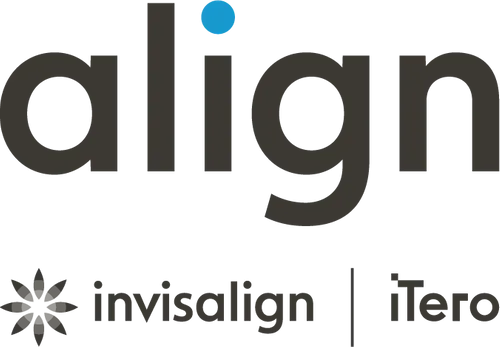






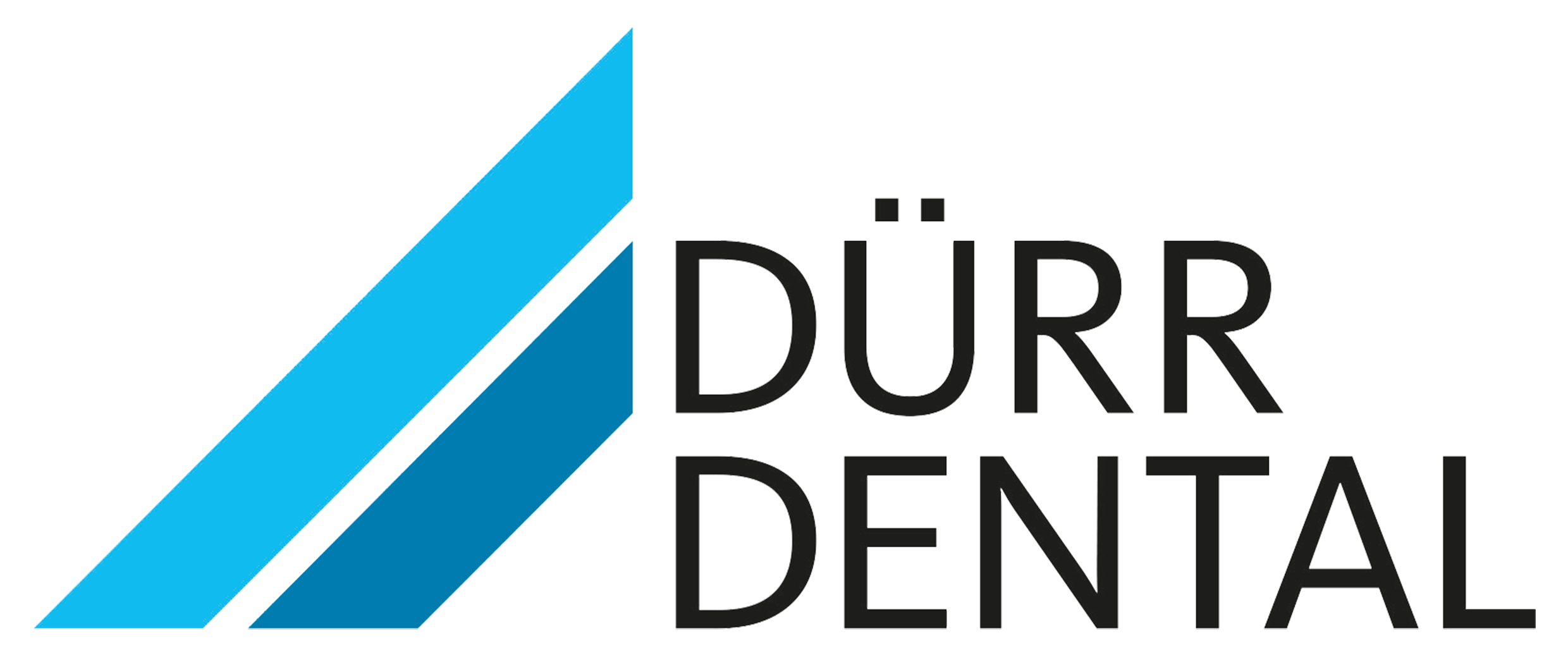
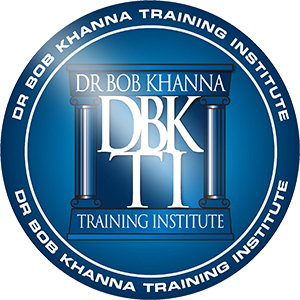





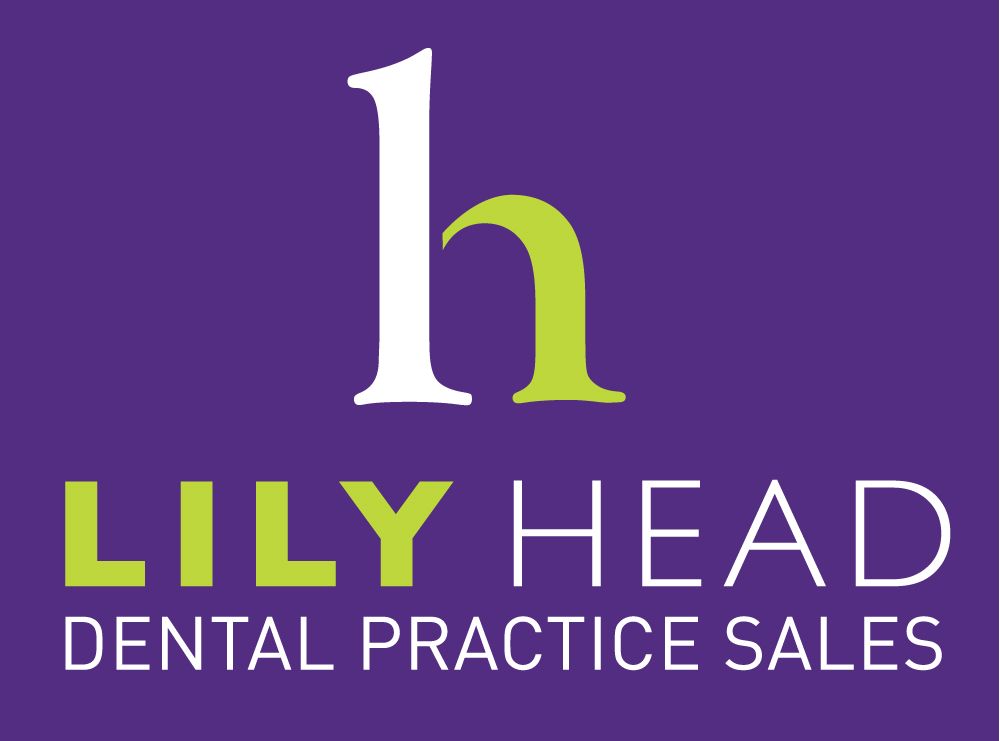
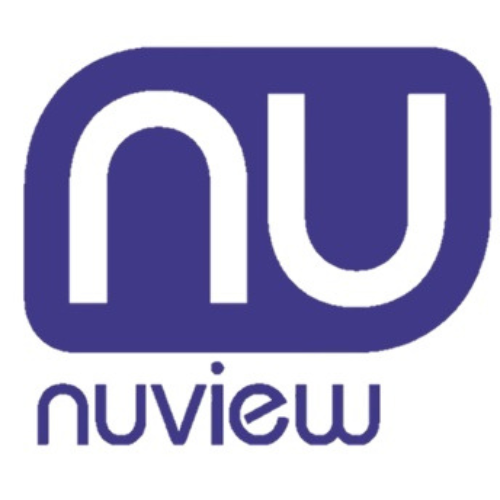





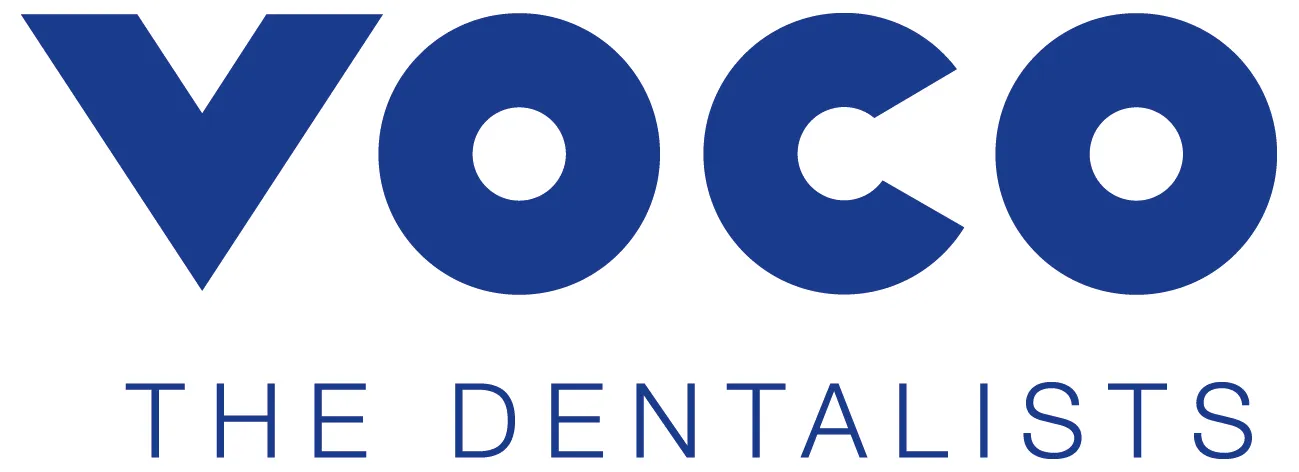




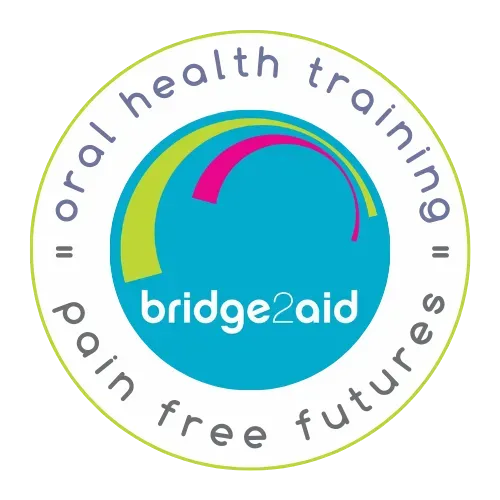


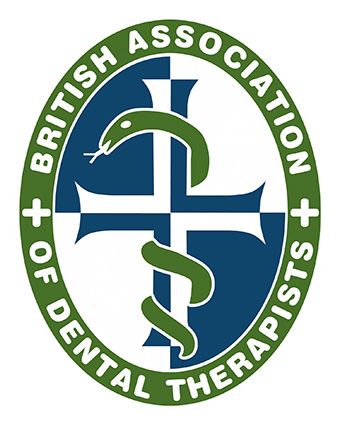


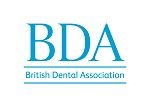
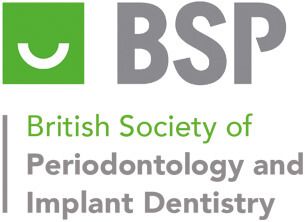
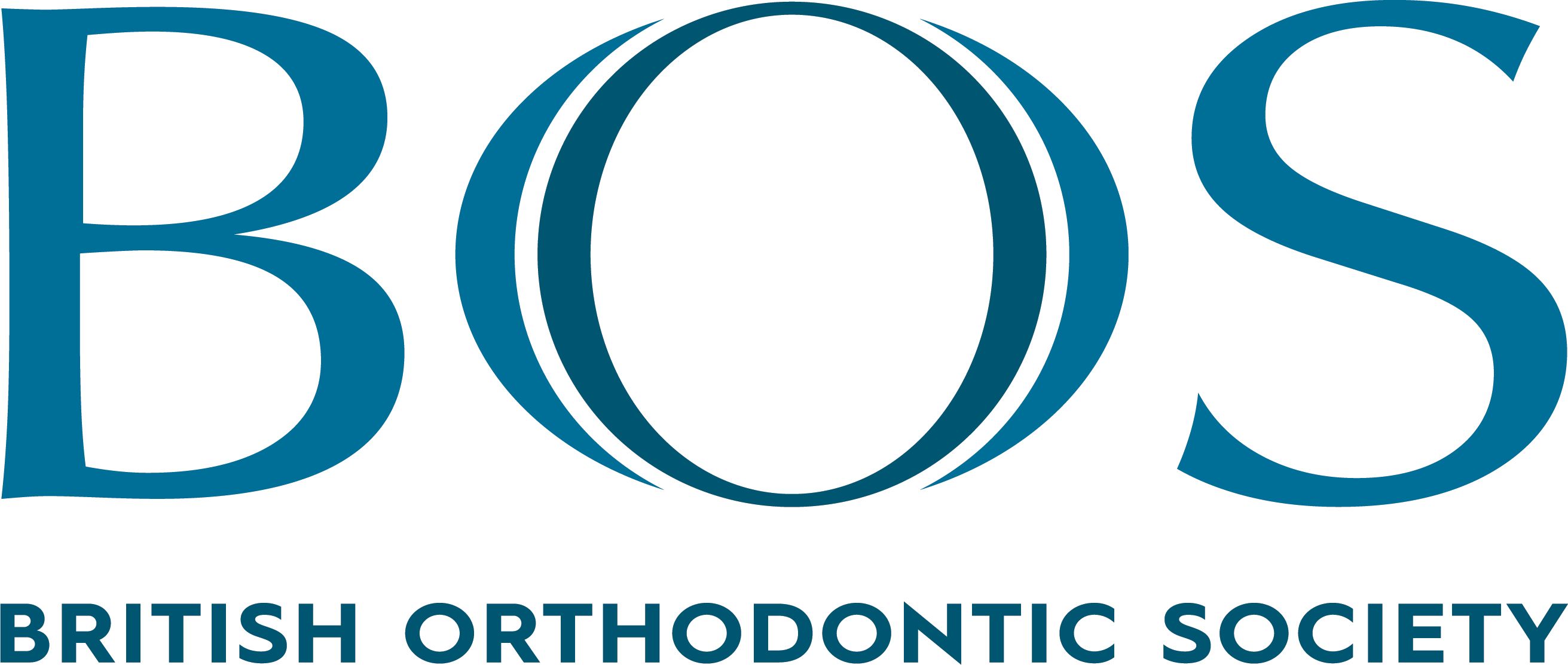


.png)
